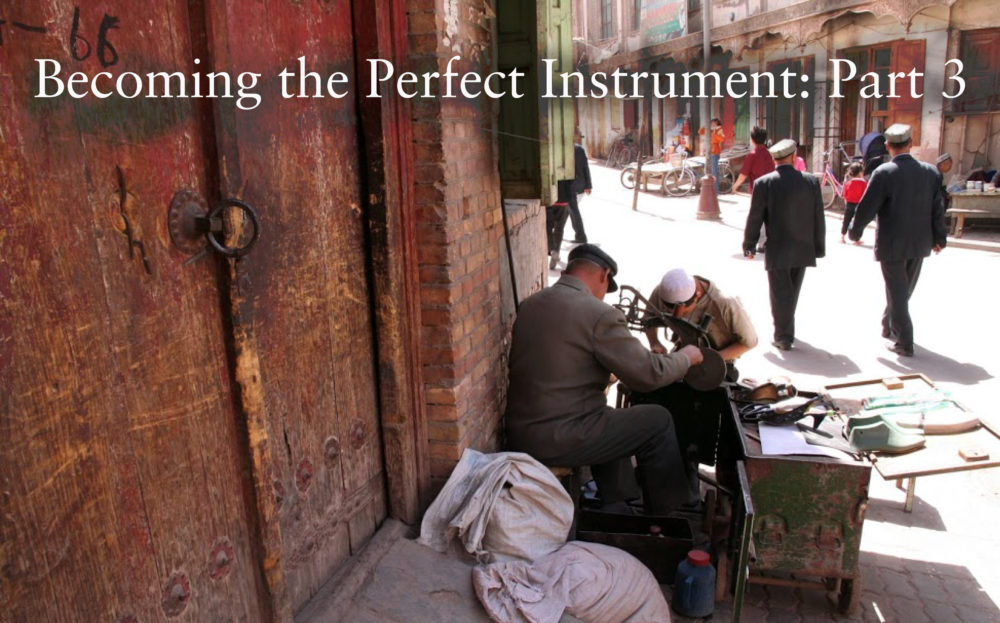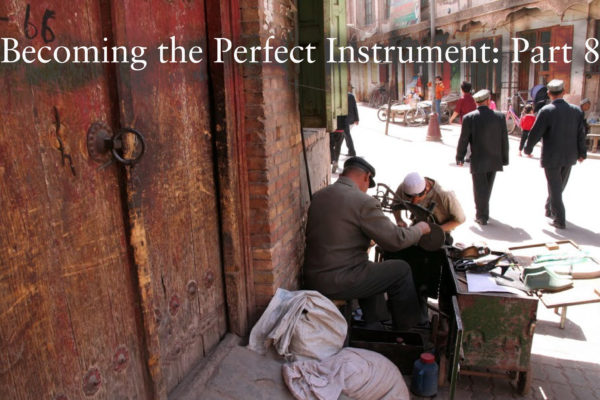
Any influence both shapes and limits. The sculptor Giacometti described how hard it is to stop seeing reality in the way our strongest predecessors have seen it:
It’s true that people see things very much in terms of what others have seen. It’s simply a question of the originality of a person’s vision, which is to see, for example, and really to see, a landscape instead of seeing a Pissarro. That’s not as easy as it sounds, either. [i]
Harold Bloom captures the way influences are both encompassed and surpassed as a hallmark of creative endeavor:
That depth of inwardness in a strong writer constitutes the strength that wards off the massive weight of past achievement, lest every originality be crushed before it becomes manifest. Great writing is always rewriting or revisionism and is founded upon a reading that clears space for the self, or that so works as to reopen old works to our fresh sufferings. [ii]
To a degree, we choose our influences, and then they shape our choices. What influences are worth choosing, and how do we absorb them without being consumed by them? How do we place disparate influences in counterpoint, so as to be able to achieve a synthesis? How do we as leaders become influences that bring out the potential of others – strong enough to shape, but not smother? What people will make the most of that influence, and how will we know them?
[i] Alberto Giacometti, quoted by James Lord in A Giacometti Portrait
[ii] Harold Bloom, The Western Canon, 11.
Image by Tiffany Franke – http://tiffanyfranke.tumblr.



